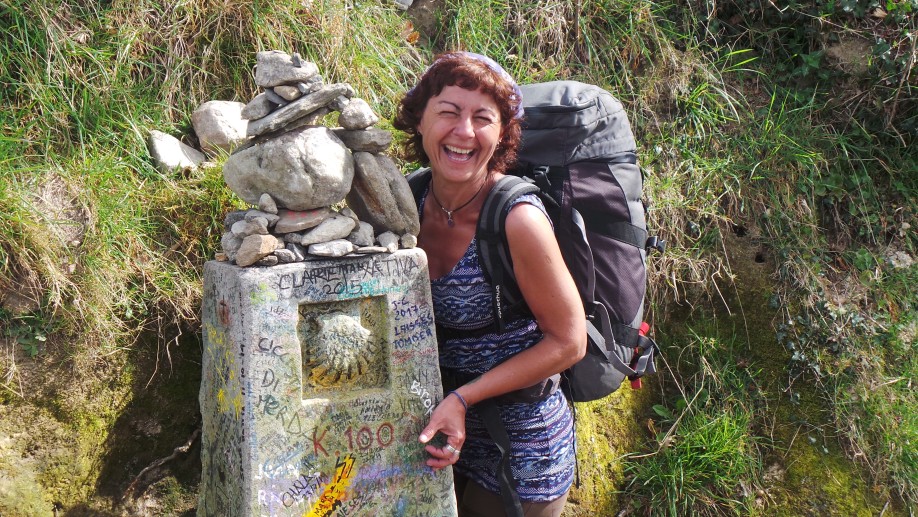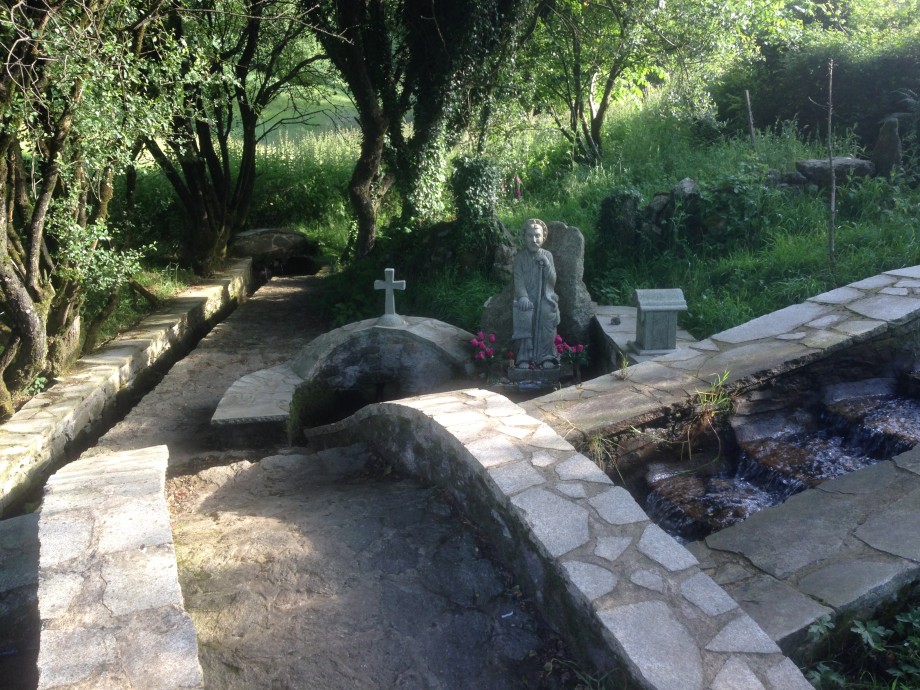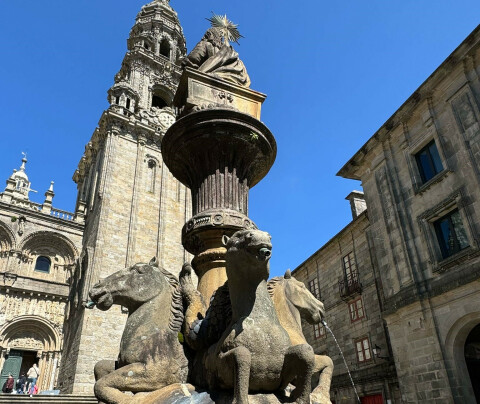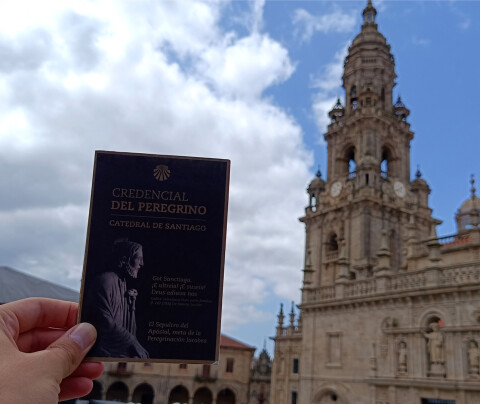Tips to do the Camino
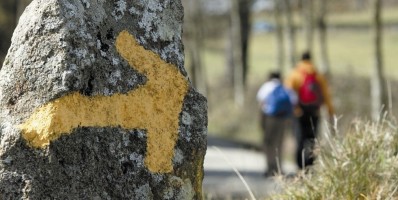
It is possible for the Camino de Santiago to be completed in a week, as is obtaining the Compostela when doing so. So if you only seven days in which to become a pilgrim whilst enjoying the magic of the Camino, rest easy. We’ll advise you as to the available options when it comes to completing the Camino de Santiago in a week, as well as where best to begin your journey.
The French Way is the most popular Jacobean Route. It crosses the North Peninsular from Navarra or Aragón until it reaches Santiago de Compostela, a route that takes at least a month. But if you only have a week in which to do it, the most popular option among pilgrims is to start in Sarria (Lugo). In fact, Sarria is - according to data from the Santiago Centre for Pilgrim Services (Oficina de Atención al Peregrino de Santiago) - the starting point for the highest number of pilgrims embarking on the Camino de Santiago.
From Sarria, the pilgrim travels the last 114 kilometres of this thousand-year-old route, the required minimum for obtaining the Compostela (the document that serves as proof of having made the pilgrimage to Santiago).
There are five stages making up this part of the journey, that run exclusively through Galicia, where you will discover towns of great Jacobean tradition, such as Sarria, Portomarín, Melide or Arzúa. As with all of the French Way, the signposting from Sarria to Santiago is excellent, allowing you to discover the lush Galician forests and experience the essence of its countryside.
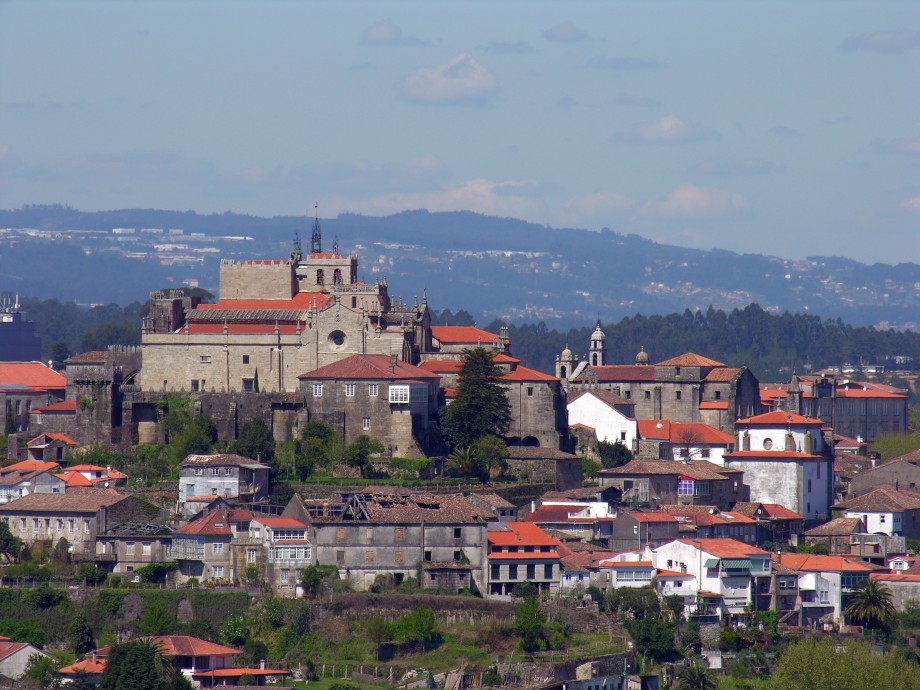
The Portuguese Way is the second most popular route among pilgrims. Although this route runs mostly along the Portuguese side of the border, travelling from Tui means that you can complete this final section of the Camino within a week. As it is in excess of 115km, it means that completing this section will be sufficient enough for the pilgrim to obtain the Compostela upon arriving in Santiago. With a significant number of hikers, perfect signposting and a good number of lodgings and services, those walking this part of the trail will travel through areas of protected natural beauty, taking in views of Galician estuaries and vineyards along the six stages that pass through villages such as Tui, O Porriño, Redondela, Pontevedra, Caldas de Reis or Padrón.
A week is enough to cover what is known as the English Way, the route followed by European pilgrims who would travel to Galicia’s shores by sea. The pilgrim can start the English Way at Ferrol or A Coruña, with both places serving as a starting point for any pilgrim wishing to obtain the Compostela when arriving in Santiago. There are five stages for you to travel from Ferrol, with chance to discover beautiful estuaries such as Pontedeume, as well as historic towns such as Betanzos. From A Coruña there are only four stages, offering pilgrims a chance to enjoy the attractions offered by what is often called the herculean city, or simply just having a couple of days off to enjoy Santiago.
The Sanabrese Way from Ourense
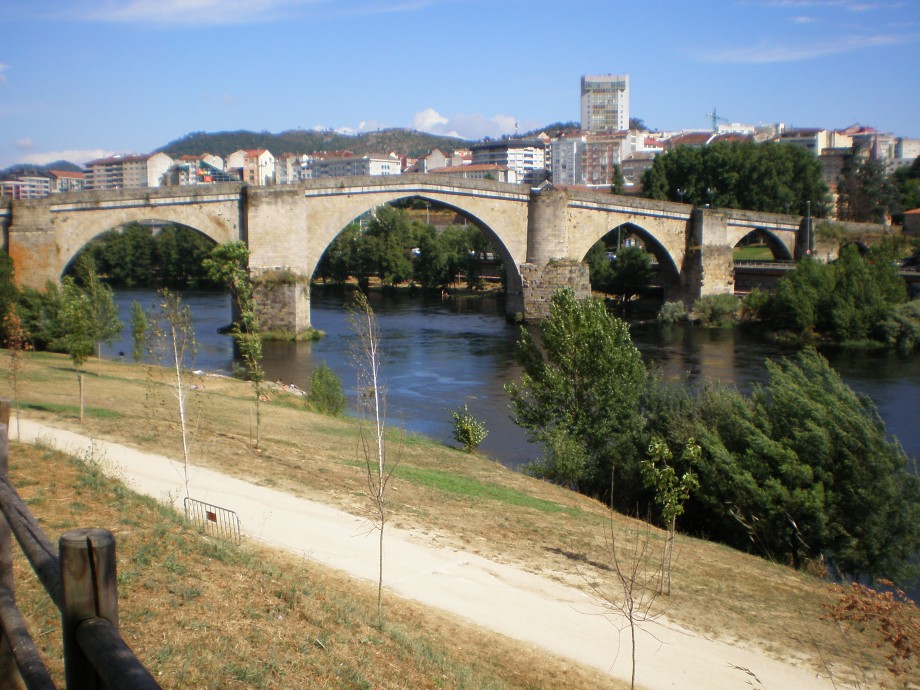
If getting to know the authentic Galician rural landscape is what you’re looking for, the Sanabrés Way from Ourense is the best Camino for you. It is possible to reach Santiago within a week, since there are four stages that separate the city of las Burgas (Ourense) from the tomb of the Apostle. The Sanabrés Way is still well provisioned for hikers but with fewer signposts and services than other routes such as the French or Portuguese Ways, crossing through the Galician provinces of Ourense, Pontevedra and A Coruña, and offering the chance to see one of the main sights from Jacobean legend: the Sacred Peak. The wines, food and cultural heritage are just some of the things that those lucky enough to undertake this part of the pilgrimage will be sure to encounter.
Part of the Camino Primitivo (also known as the Original Way) can be completed in a week, and is one of the most difficult yet most beautiful routes to do. Made up of 104km, it is enough to obtain the Compostela, departing from the capital of Lugo and offering pilgrims chance to enjoy its Roman Wall, a World Heritage Site. The four stages cross through the interior of Galicia, where there are villages of great Jacobean and gastronomic tradition waiting to be discovered, such as Melide, famous for its fine octopus dishes. The last three stages are linked to the French Way, leading into Santiago and travelled by great numbers of pilgrims both hiking and cycling.
The Camino to Fisterra o Muxía
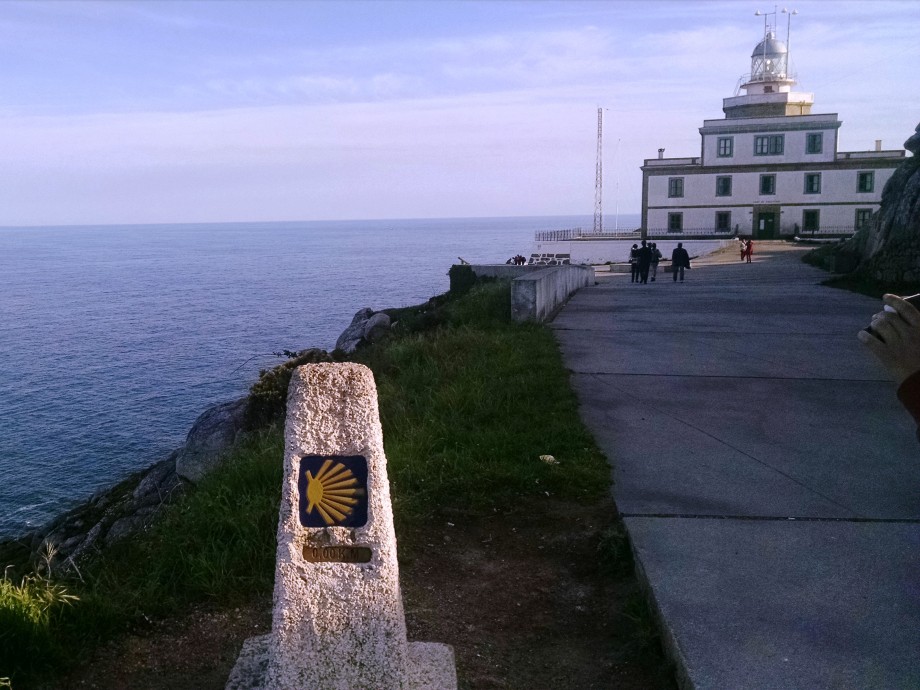
If you have a week free and wish to experience the Camino, Santiago can also serve as the starting point, with Fisterra or Muxía as the finish line. The Camino to Fisterra or Muxia departs from the tomb of the Apostle and leads towards the so-called "End of the world." This four or five day trek has undergone important regeneration in recent times, making for better signposting and an increased number of services and lodgings. Arriving in Fisterra is one of the most magical experiences for pilgrims to experience, surpassed only by the excitement of entering the Plaza del Obradoiro. The Camino to Fisterra or Muxía also has its own Compostela: in this case, the Fisterrana or Muxiana, which accredits the pilgrimage with what the ancients called the last bend of the known world.
These are just some of our recommendations if you only have a week in which to complete the Camino and make it to Santiago. However, you should know that the Camino begins and ends wherever you want it to, because the important thing is not where you start or how much time you have, but that you make the journey in harmony with the Camino's true values; those of spirituality, friendship and solidarity. ¡Buen Camino!
Your email address will not be published.
Mandatory fields are marked with *




